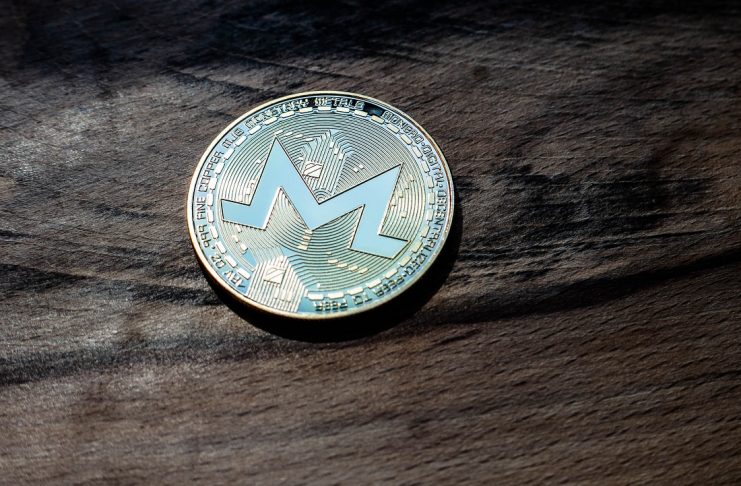It seems the Monero project is undergoing a lot of upgrades and hard forks in rather quick succession. Though a fork was already introduced not that long ago, the next upgrade already looms on the horizon. This is a pretty major milestone for Monero, as it will finally introduce Bulletproofs.
#3 Saying No to ASICs
There are always multiple aspects to keep in mind for an upcoming fork. In the case of Monero’s Beryllium Bullet upgrade, there will be a pretty strong focus on ensuring the network remains ASIC-resistant. This decision is quite interesting, as there are still some concerns over Bitmain‘s role in the most recent network hashrate spike of 2017.
Ever since that time, Monero has already undergone a subtle change to its proof-of-work algorithm. This new hard fork will change the PoW aspect again. This should keep ASICs far away from the network, though it seems unlikely it will make cryptojacking less popular all of a sudden. Even so, it can introduce an interesting change, especially because of this continuous approach to fight ASIC dominance at all times.
#2 Improved Anonymity
One of the main reasons so many people flock to Monero is because of the project’s focus on privacy and anonymity. As such, any improvement to either of these aspects will be of great value to the user base. In this hard fork, a static ring size will be introduced. This allows for better anonymity, as a higher ring size uses more transmitters for every transaction.
Over the years, Monero has seen some vast improvements in this department. The static ring size originally started at five, but increased to seven not that long ago. This new upgrade will lift the limit to 11, though users can still modify this figure to a higher value if they feel the need to do so. This approach further confirms the developers want to perfect anonymity through a slow-and-steady approach.
#1 Bulletproofs
One of the biggest upgrades to come to Monero in recent years goes by the name of Bulletproofs. This concept has been announced quite some time ago, as it will allow for smaller transaction sizes and overall less blockchain bloat. By actively shrinking the transaction size by up to 80%, the average XMR transaction will be 2.3 kilobytes.
For those who like to compare transaction sizes, Monero will still be a lot larger than Bitcoin’s. This is an ongoing process of further reducing XMR’s transaction footprint, although Bulletproofs is a big step forward. Smaller sizes result in lower transaction fees and better scaling. It offers one of the biggest changes Monero has seen in recent years, although there is still room for improvements.
Image(s): Shutterstock.com




